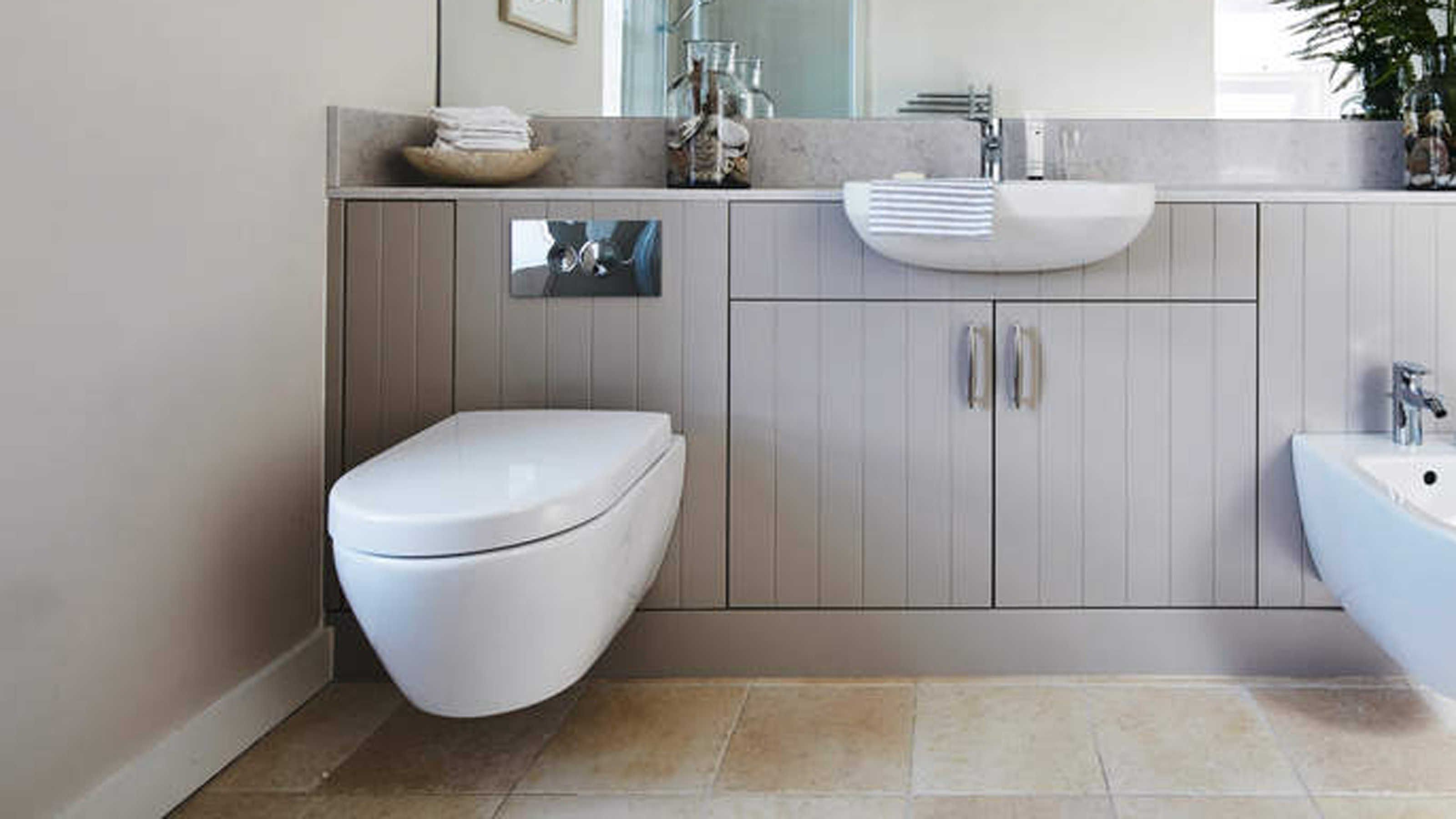
A burst pipe is everyone's worst household nightmare. Yet, according to a recent survey by the Water Regulation Advisory Scheme, 82% of 18–24-year-olds don't ask where the stopcock is when moving into a new home. Moreover, the results of the 2017 Water Security Survey by bathroom specialists Grohe show that over 8-% of homes in Europe have had water damage, with an astonishing 93% of cases preventable. In other words, plumbing emergencies are inevitable (especially if you live in an old home), but the resulting water damage can be avoided. How? Our main tips are:
1. Make sure you know where the stopcock is
We bet you a large percentage of those preventable water damage cases was simply due to people not knowing how to turn off the water supply. We strongly advise asking the landlord/current house owner to point out where the stopcock is. Don't hope you'll just easily find it yourself when needed; old properties in particular can be tricky, with confusing pipework hidden behind the bath/in a cupboard. Fortunately, cutting off the water supply is very quick and easy once you know what you're looking for.
2. Don't switch off your heating when going away
This one has caught out many of us; going away for a couple weeks over Christmas? It may seem like a sensible thing to do to switch off your boiler, since you won't be using it. Don't do it: set your thermostat to come on for an hour or so in the morning and evening, to prevent your pipes from freezing and then bursting.
3. Inspect your loft – if you have one
Lofts can easily become neglected – a recipe for plumbing trouble. Slow leaks and mould will only get worse over the time, so make sure you tackle any problems sooner rather than later. Ensure the cold water tank in your loft is properly insulated in order to protect the filling values from freezing. Also remember to check that all pipework located in the loft is insulated to industry standard and ask a professional for advice if you’re unsure.
4. Ensure any bathroom upgrade is compatible with your water system
Dreaming of new bathroom fittings? Make sure they are compatible with your water system first, to avoid problems – and costly replacements – further down the line. The main types of water systems are:
- Gravity Fed: A gravity fed open vented system – the most common system used in the UK. This gives you low water pressure in your bathroom as the water has to travel all the way up to the loft before it is heated. As it travels upwards, water pressure is lost. The easiest way to tell if you have this type of system is to look in your loft to see if you have a water tank.
- Pump: You can increase pressure by installing a pump, meaning you will have the correct pressure and flow rate for most products. It would be like adding a pressure washer to a hose pipe in order to wash the car. Once the pump is running you will more than likely have over 2 bar of water pressure at the source.
- Combination: If you have a combination boiler installed in your home, this will allow you to have high water pressure. The water is heated on demand and does not rely on gravity.
- Pressurised: A pressurised unvented system will also deliver water at high pressure. An expansion vessel sits on top of the water cylinder, this replaces the storage tank in the loft. Water pressure with this type of system is usually over 1 bar.
5. Consider installing smart bathroom tech
Leaving everything down to the need to remember to inspect your plumbing may well be unrealistic for some of us, especially if you're away for long periods of time or live in a large property. The Grohe Sense and Sense Guard is a smart water sensor and controller system that detects leaks and alerts you via an app on your phone. It will also detect frost risk, humidity levels, and micro leaks. Now that's proper plumbing vigilance.
Join our newsletter
Get small space home decor ideas, celeb inspiration, DIY tips and more, straight to your inbox!
Anna is a professional writer with many years of experience. She has a passion for contemporary home decor and gardening. She covers a range of topics, from practical advice to interior and garden design.
